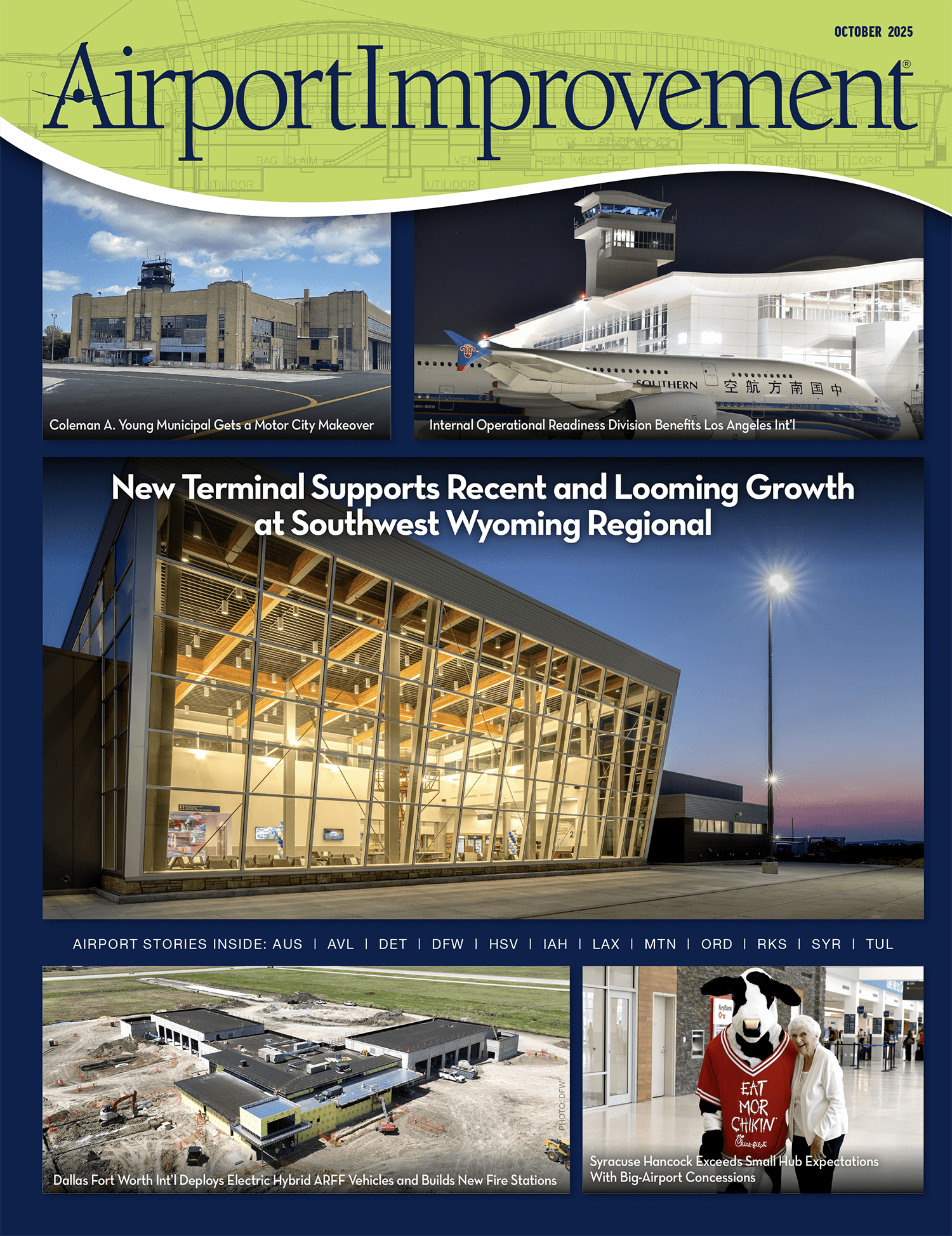|
John Gadzinski John Gadzinski is a captain with Southwest Airlines and founder of Four Winds Consulting, which specializes in hazard identification and safety management. As a volunteer with the Southwest Airlines Pilots’ Association (SWAPA), Gadzinski has participated in several NTSB investigations. He also served as air safety chairman for SWAPA and director of safety for the Coalition of Airline Pilot Associations, where he coordinated the safety policies and directed the national conferences for approximately 28,000 professional pilots. In the U.S. Navy, Gadzinski flew F-14s during two combat tours and served as an advanced training instructor in the A-4 Skyhawk. He ended his Naval service as a senior landing signals officer aboard the USS Eisenhower with 322 carrier landings. |
As a professional safety investigator, I’ve found the truth is often much more complex. “Going by the book” doesn’t always ensure safe landings. But there’s something airports can do to help, and it’s not necessarily a multi-million dollar runway rehab.
Over the years, a great deal of time has been spent creating airplanes that fly. Notice I didn’t say airplanes that stop. Modern jetliners have a great deal of information designed to keep the air going over their wings. Pilots have detailed information about systems that are rarely, if ever, the focus of attention. They can, for instance, read the temperature of cooling oil going into and out of a device; they can tell what the load is on the transformers. But when it comes to slowing the same airplane down after landing, very little system performance information is available.
Since manufacturers are not required to test jetliners on contaminated runways (such conditions are almost impossible to standardize), advisory data is generated to predict performance on generic surfaces with standing water, snow and ice. While this information can be very useful, it depends entirely on the conditions pilots actually encounter.
There is one more set of eyes that can play a large role. That “set of eyes” is an aircraft’s antiskid system. No matter how hard the brakes are applied, how good the data is or how long the runway is, the antiskid system will have the deciding vote in whether the brakes get 300 PSI of hydraulic pressure or 3,000 PSI – and there’s usually no cockpit indication, even in the most advanced airliners. As a result, small variables in aircraft performance, pilot performance and runway conditions can combine unexpectedly to send an aircraft off the end of even the most carefully constructed runway.
The engineering is straightforward. Aircraft tires don’t like to skid; failures result rather quickly if they do, given the speeds they operate at. Tires generally skid most if there is something on top of the runway that prevents the rubber from contacting the pavement. Even if water is present, grooved surfaces or proper crowning can prevent it from becoming a problem. If, however, the water is in any form that sits on top of the pavement but can still move around, the aircraft will monitor the tire speed several times a second and release the brakes if the tire starts to slip more than 20% of the time. If this happens more than a few select times, landing distances can increase by as much as 4,000 feet – well outside the safety margins planned for by regulations, operation guidelines and pilot capabilities.
Wet snow, slush and standing water (even transient puddles during a heavy downpour) are all important conditions pilots need to know about – even when they are hundreds of miles away. Since the friction readings taken by ground equipment differ from aircraft systems’, it’s vital to manage pavement with properly calibrated equipment and convey runway conditions on ATIS and NOTAM broadcasts. To pilots, knowing there is a lack of information can be just as troublesome, if not more so, than no information at all.
Runway maintenance and condition reporting can be important in ways no pilot or operator may bother to tell you. History has shown that your ability to communicate conditions accurately, timely and to the right people can keep the aircraft out of your overrun area and accident investigators out of your office. Routine condition reporting can ultimately have the biggest impact on runway safety, and it costs essentially nothing compared to physical runway improvements in your capital improvement plan.
As an airport operator, you are a part of a large, interconnected system of technology and human interactions. How the parts come together is much more vital than what the parts look like individually.


